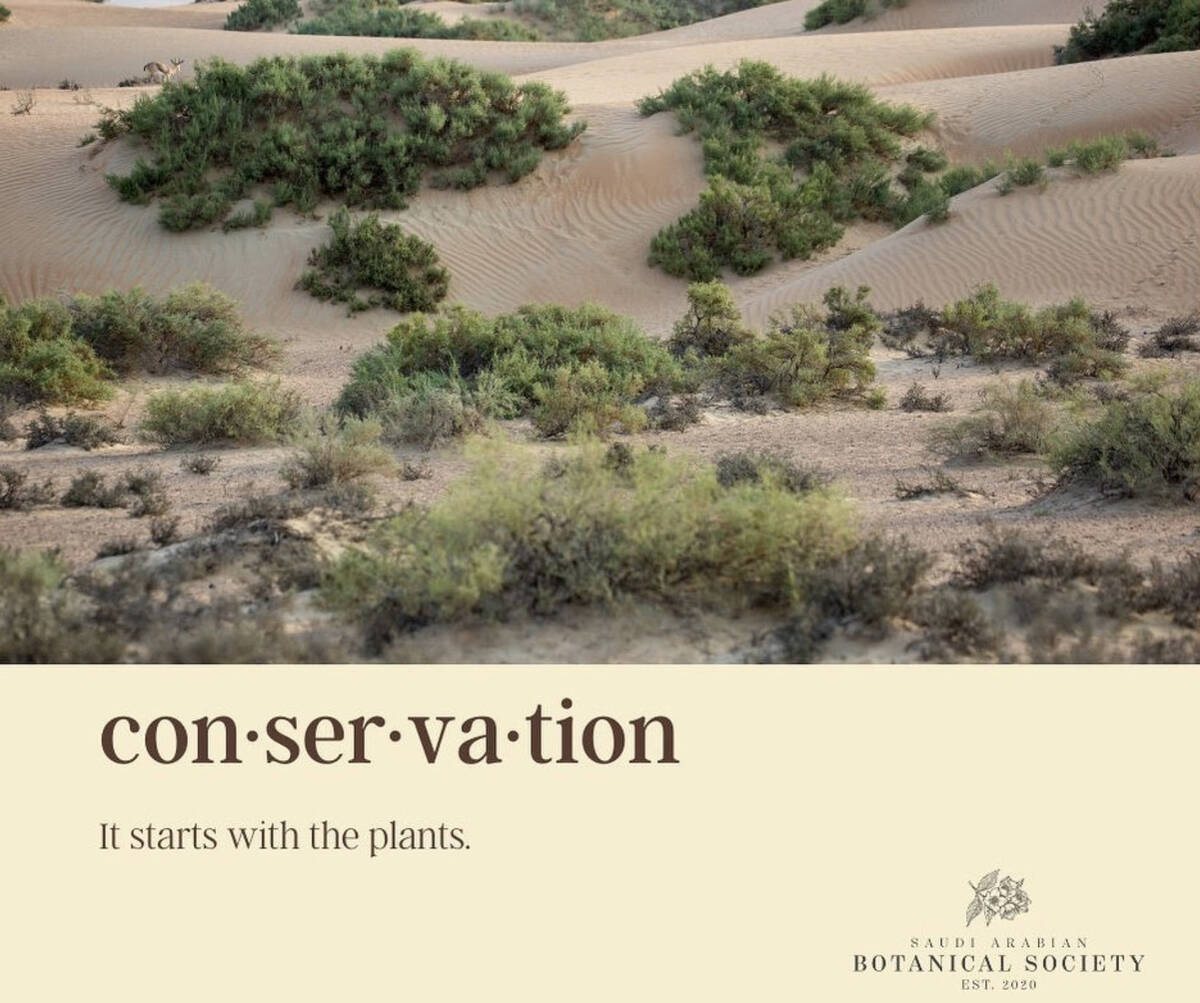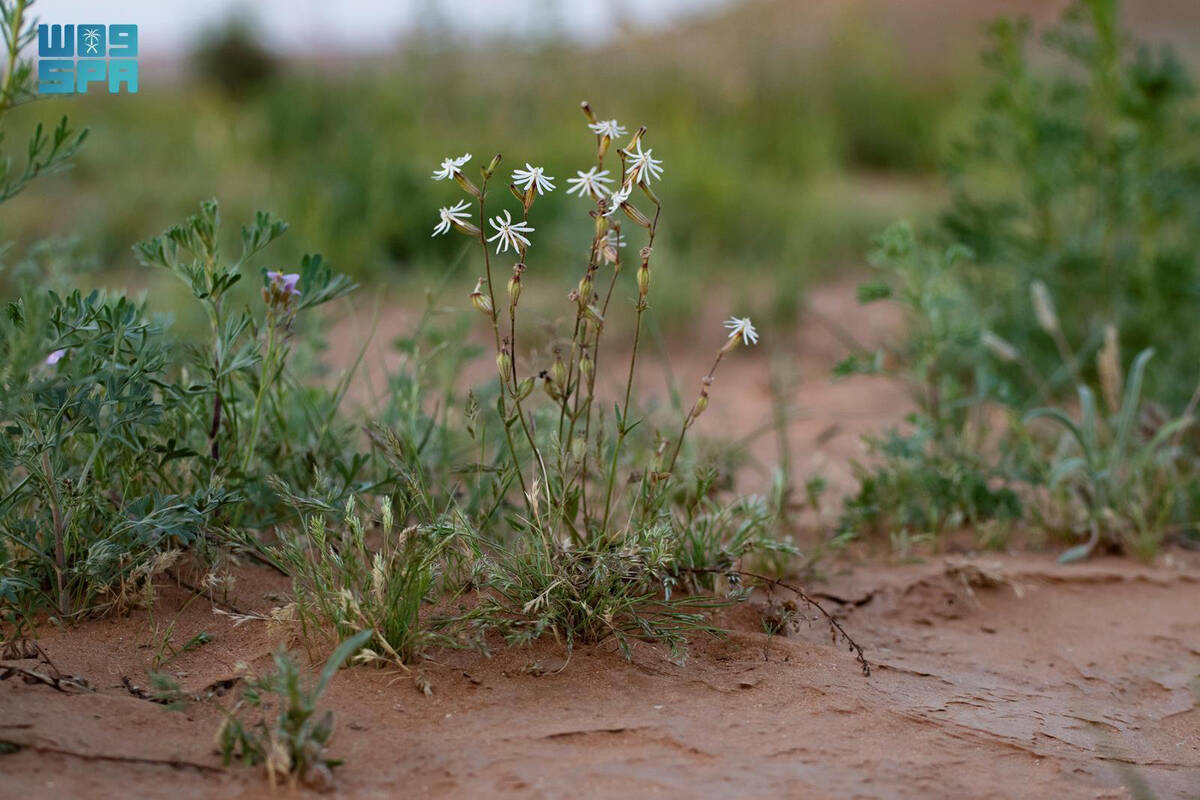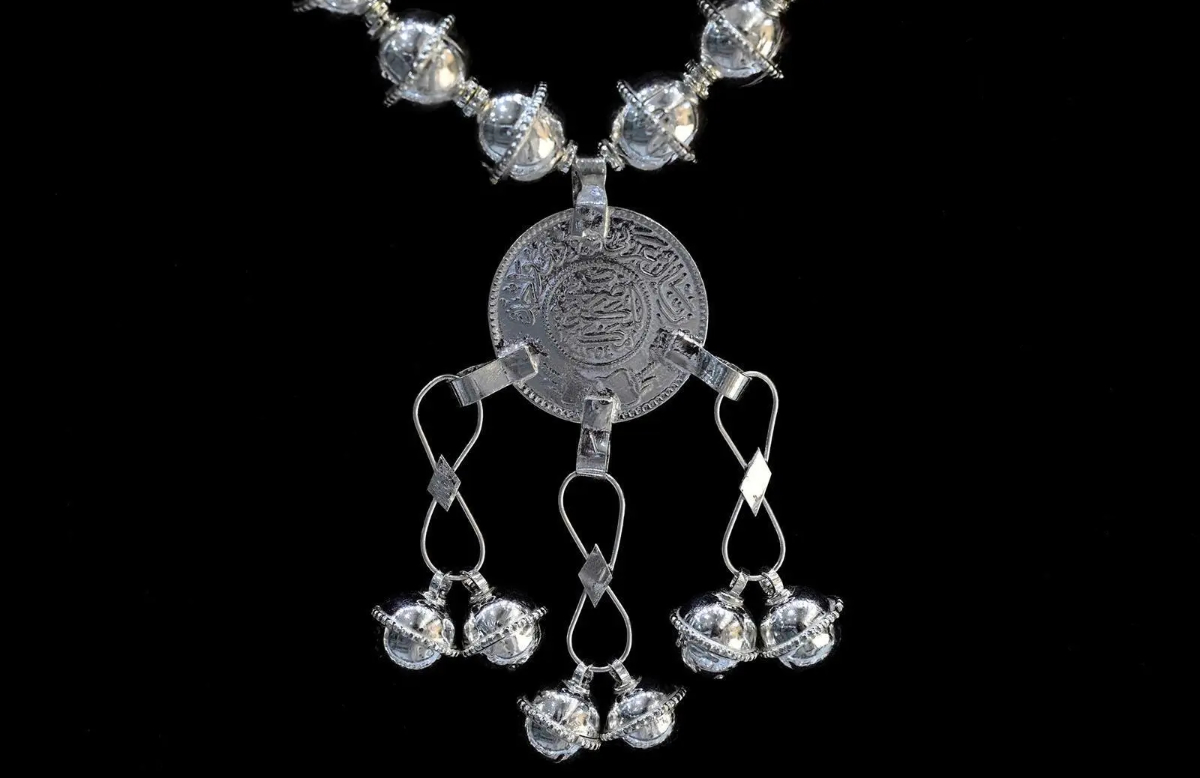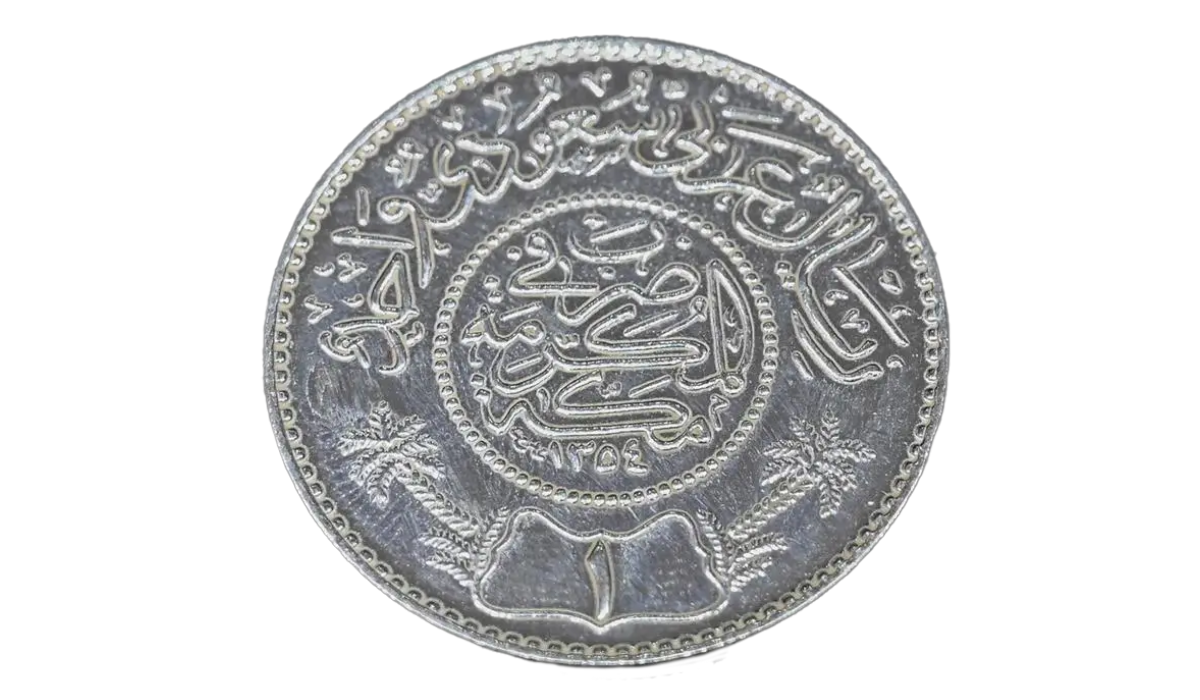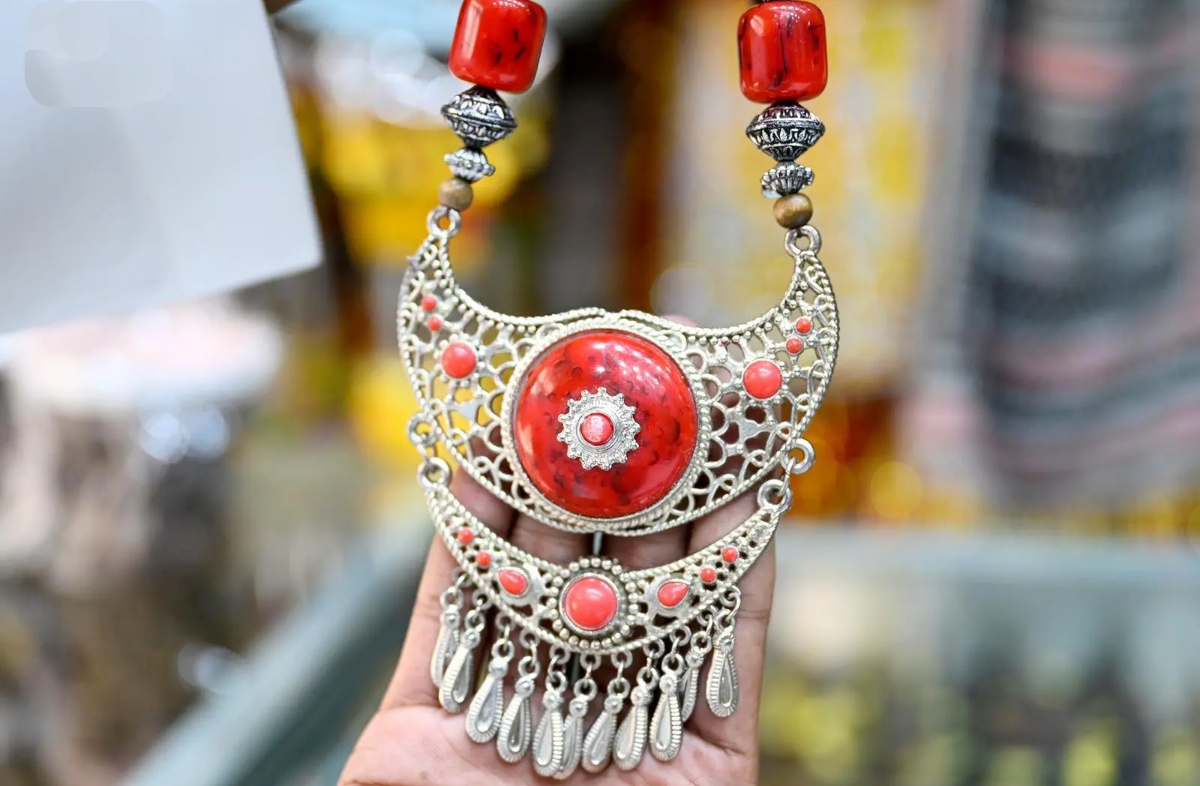RIYADH: When Matilda, an 8-year-old Ukrainian girl confined to a wheelchair, visited a prosthetic limbs center in Poland affiliated with Saudi aid agency KSrelief, it was with hope for the future.
Before the war in Ukraine, Matilda was like any other child, full of life and laughter, playing in the alleys of her village. However, in an instant, her life changed irrevocably. The war tragically resulted in the amputation of both her legs below the knees. This sudden transformation from an active, energetic child to one facing an uncertain future was devastating.
Matilda’s parents were struck with shock and despair as their daughter faced a life-altering loss of mobility, unable to walk, play, or even sit comfortably. The sudden change weighed heavily on her physical and mental health.

The specialized team provided crucial psychological support, helping her accept her new body and build her self-confidence. (SPA)
Overwhelmed by financial burdens and uncertainty, the family found a glimmer of hope when KSrelief announced its prosthetic limbs program, offering rehabilitation services to victims of war and disaster.
Matilda’s parents learned about this vital program, targeting those affected by the war in Ukraine residing in Poland. Upon learning that the Polish Ministry of Health had included their daughter on the list of eligible amputees, they finally saw a glimmer of hope.
Her journey to regain her life began with a complex logistical process that brought her to the prosthetics center in Poland. Greeted by the warm smiles of the medical team, she felt hope that the pain would soon begin to subside. A comprehensive medical assessment was conducted, and a detailed medical file was created, outlining a personalized treatment plan that considered Matilda’s physical and psychological needs.
FASTFACT
Ukrainian child Matilda has a chance at a better future with KSrelief’s prosthetic limbs program that offers rehabilitation services to victims of war and disaster.
This plan carefully assessed the level and type of amputation, the characteristics of the remaining limbs, and most importantly, Matilda’s goals, expectations, and desires. The Saudi medical team reassured Matilda, explaining the journey ahead and emphasizing that this center was more than just a medical facility; it was a place dedicated to restoring lives.
Before the prosthetic limbs were fitted, Matilda underwent a rigorous rehabilitation program focused on strengthening her muscles, improving her balance, and alleviating the pain associated with the amputation.
Matilda’s journey with the prosthetics center, managed by a team of dedicated Saudi specialists, marked the beginning of her recovery. The multidisciplinary team included orthopedic and rehabilitation doctors, prosthetic limb specialists, and experienced physiotherapists. The team also included dedicated volunteers who provide essential support services, including logistics and organizing activities within the rehabilitation centers.
In Matilda’s case, the specialized team determined the final measurements and selected the appropriate materials for her prosthetics based on her individual needs and condition. After the manufacturing process was complete, Matilda entered a pre-installation rehabilitation phase. The team also provided invaluable guidance on coping with the amputation and adapting to the changes in her body and life.
After weeks of evaluation and rehabilitation, the day Matilda had been eagerly anticipating, yet also dreading, finally arrived. With the assistance of the team, she stood for the first time with both prosthetic limbs in place. Step by step, she began the journey of regaining her balance, learning to walk again, and reclaiming the life she thought she had lost.
The specialized team also provided crucial psychological support, helping her accept her new body and build her self-confidence. They diligently trained her on how to use her prosthetic limbs in everyday activities, from walking and running to playing games.
Matilda underwent regular follow-up sessions to ensure a smooth transition and adaptation to her new life with the prosthetics. Gradually, she regained her independence, no longer reliant on others for assistance.
The prosthetic limbs and rehabilitation center reflects the Kingdom’s pioneering role in international humanitarian work. Recognizing the critical importance of alleviating human suffering and enabling individuals to live dignified lives, the Kingdom, through KSrelief, implements and expands humanitarian and relief projects.
The center prioritizes localizing and improving prosthetic limb services and rehabilitation programs, while also building the capacities of local health institutions to ensure the sustainability of these vital services.
KSrelief adopts a meticulous approach to selecting and classifying beneficiaries for the prosthetic limbs and rehabilitation program. The selection process relies on lists of amputation patients provided by the Ministry of Health in the respective countries where the project is implemented.
Priority is given to amputation patients resulting from direct war injuries, mines, or the remnants of war, encompassing all age groups, children under the age of 18 suffering from motor disabilities due to amputation or congenital deformities, and other categories, such as individuals injured in traffic accidents or those affected by various diseases.
The program empowers target groups by providing them with the opportunity to reintegrate into society and engage in various activities independently. This enhances their economic, social, and psychological well-being. Through its four centers, the program offers free, high-quality services to beneficiaries in countries in critical need, including Yemen, Syria, those affected by the earthquake in Turkiye, and those impacted by the Ukrainian war in Poland.
Since its inception in 2020 through 2024, the program has provided services to over 109,000 beneficiaries, delivering 298,999 free, high-quality services. Moreover, 10,851 modern prosthetic and orthotic limbs were manufactured and fitted. Notably, 98,612 beneficiaries received rehabilitation services.
According to program statistics, female beneficiaries constituted 33 percent, while males comprised 67 percent. Approximately 24 percent of cases stemmed from pathological injuries, while a significant 76 percent resulted from war injuries, including those caused by mines, war remnants, and unexploded ordnance.
Today, Matilda is no longer the little girl who entered the center confined to a wheelchair. She has transformed into a confident young girl walking independently, her eyes filled with hope as she embraces the future.
Matilda’s story is one among countless others that exemplify KSrelief’s commitment to embodying the Kingdom’s message of support for people in need, wherever they may be.








